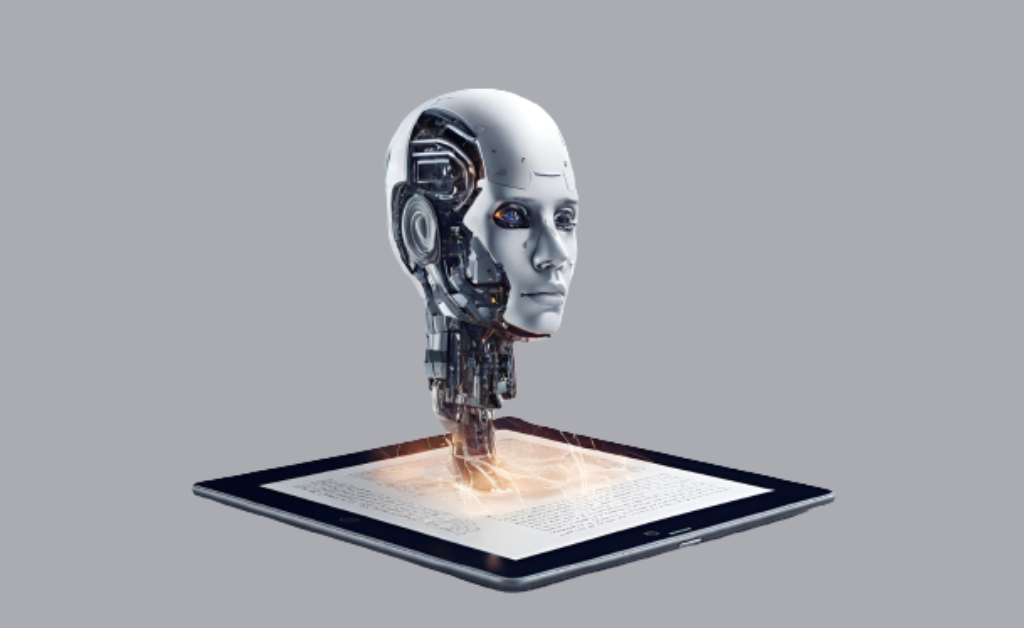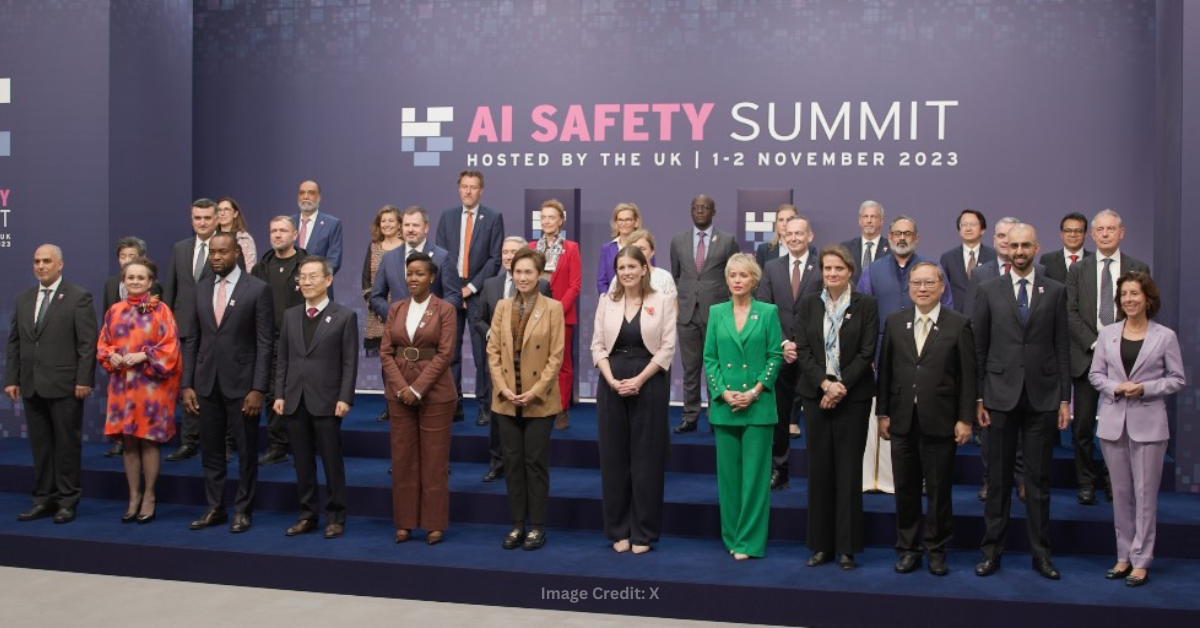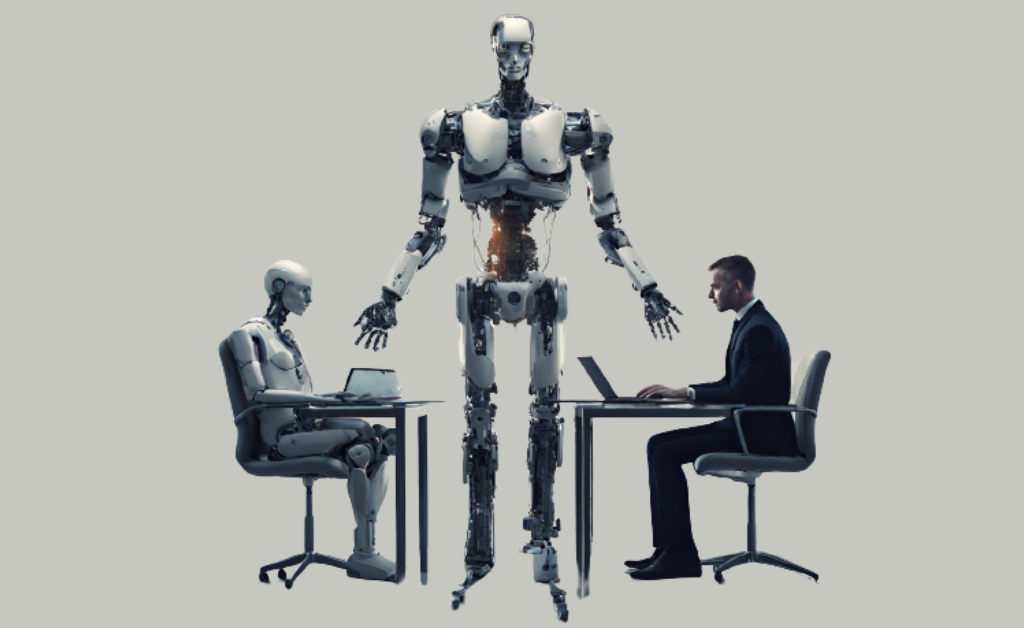AI-Powered eBook Writing: A Step-by-Step Guide to Effortless eBook Creation

/ Unlock the power of AI in eBook creation! Our step-by-step guide helps you effortlessly plan, write, and polish a professional eBook.
By Nilesh Badwar.
Updated on: 29 Jan 2024, 11:45 PM IST
In the growing landscape of digital content, eBooks have emerged as a powerful tool for individuals looking to share their knowledge or generate passive income. With the widespread use of mobile devices and reading apps, the demand for easily accessible and informative eBooks continues to soar.
The Rise of eBooks
Readers today can conveniently access eBooks on smartphones, tablets, computers, and eReaders, driving a significant increase in eBook sales year after year. Publishing an eBook not only allows you to showcase your expertise but also serves as a strategic move in content marketing, helping you reach a broader audience and build your brand.
The Impact of AI on eBook Creation
Recent advancements in artificial intelligence (AI) have revolutionized the process of eBook writing. Use AI writing and content editing assistants like Anthropic and AI Detector Pro to expand on sections, add depth to explanations, and improve overall clarity and flow. This guide will take you through a step-by-step process to efficiently plan, write, and polish a professional-grade eBook using AI.
Step 1: Develop a Strategic Plan and Outline
A well-structured outline is the foundation of a compelling eBook. Take the time to choose the right topic, define your target reader, and create a chapter-by-chapter outline that provides a clear roadmap for your content. Ensure flexibility in your outline to accommodate AI expansion.
Step 2: Draft the Core Chapters
Write the critical chapters that form the core of your eBook. Craft a compelling introduction that hooks readers, and follow your outlined structure for each chapter. Incorporate relevant graphics and cite sources properly to strengthen credibility.
Step 3: Leverage AI to Enhance Your Draft
Utilize AI writing assistants like Anthropic to expand on sections, add depth to explanations, and improve overall clarity and flow. Enrich your content with AI-generated quotes and create supporting graphics effortlessly.
Step 4: Enrich Your eBook with Supplementary Content
Include elements such as an appealing cover, author bio, clickable table of contents, proper citations, recommended resources, glossary, FAQ, and downloadable materials. These supplementary components enhance the overall value of your eBook.
Step 5: Format and Export Your eBook
Ensure consistent formatting throughout your eBook for a professional look. Place graphics appropriately, link the table of contents, and export the eBook in standard formats such as PDF, EPUB, and MOBI. Review and verify formatting before finalizing the files.
Step 6: Conclusion and Next Steps for Publishing Your eBook
Congratulations! You’ve successfully created a professional-grade eBook leveraging AI. Now, focus on publishing and promoting your eBook across various platforms. Make use of publishing options, promote your eBook’s release, and gather feedback to continuously improve and update your content over time.
Remember, the journey doesn’t end with the creation of your eBook—it’s an ongoing process of refining, promoting, and enhancing your work. With dedication and strategic planning, your eBook can establish itself as an authority in its niche, providing valuable insights to readers and bolstering your personal brand and expertise.




